Artificial Intelligence (AI) and job automation are transforming the global workforce. From streamlining operations to replacing repetitive tasks, these technologies are reshaping industries at a rapid pace. Understanding the impact of AI and automation is essential for preparing for the future of work.
What is Job Automation with AI?
Job automation with AI involves using intelligent machines and software to perform tasks traditionally handled by humans. These tasks may include data analysis, customer service, manufacturing operations, and even creative work. AI-powered automation can increase efficiency, reduce costs, and minimize human error—but it also introduces significant shifts in employment patterns.
Key Impacts of AI and Automation on Jobs
Job Displacement
One of the most widely discussed effects of AI is job loss due to automation. Routine, manual, and repetitive tasks are the most vulnerable. Roles in manufacturing, data entry, and customer support are increasingly being handled by machines, leading to workforce reductions in certain sectors.
Job Transformation
Not all jobs are eliminated—many are evolving. AI often changes how work is done rather than eliminating it altogether. For example, doctors use AI for diagnostic assistance, and marketers use it for personalized campaigns. This means workers need to adapt and learn new skills to remain relevant.
Creation of New Job Roles
AI also gives rise to entirely new career opportunities. Roles like AI ethics officer, data scientist, machine learning engineer, and automation specialist are in high demand. These positions require a blend of technical knowledge, problem-solving, and domain-specific expertise.
Increased Productivity
AI can significantly boost productivity by handling large-scale data processing, optimizing workflows, and reducing downtime. This enables businesses to grow faster and offer better services, potentially leading to new job creation in areas like customer success, development, and design.
Inequality and Skills Gap
Automation may widen the gap between high-skill and low-skill workers. Those with access to education and training in emerging technologies are more likely to benefit, while others risk being left behind. This creates an urgent need for reskilling and upskilling programs.
Human-AI Collaboration
The future of work lies in collaboration between humans and AI. Rather than fully replacing humans, AI can augment human capabilities, making tasks easier, faster, and more informed. This partnership has the potential to unlock creativity and innovation across all industries.
Preparing for the Future
To navigate the impact of AI and automation, individuals and organizations must take proactive steps:
- Invest in Education and Training: Lifelong learning and skill development are critical to staying competitive in an AI-driven job market.
- Embrace Technological Change: Instead of resisting automation, employees and businesses should explore how it can enhance their roles and performance.
- Support Ethical AI Use: Ensure that AI is implemented in a way that is fair, transparent, and aligned with human values.
Conclusion
AI and job automation are redefining the modern workforce. While they offer tremendous benefits in efficiency and innovation, they also bring challenges around job displacement and inequality. By embracing change and focusing on human-AI collaboration, we can shape a future where technology empowers rather than replaces the workforce.


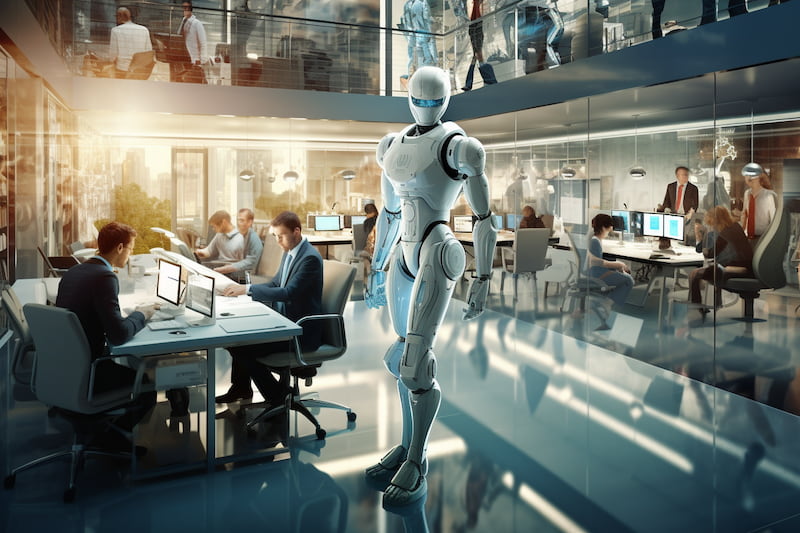
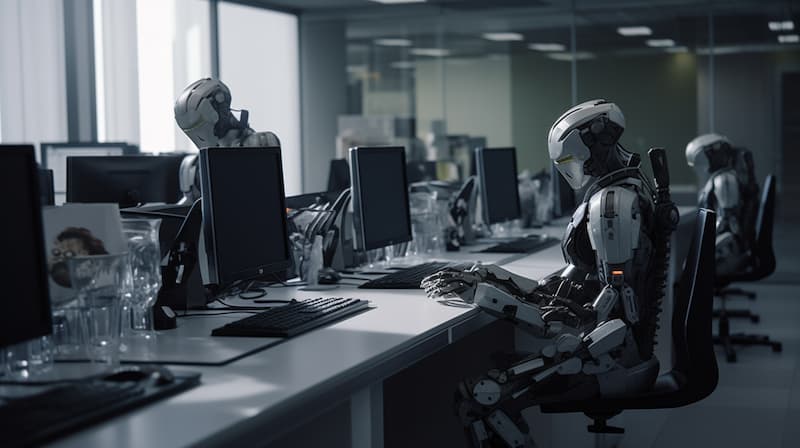
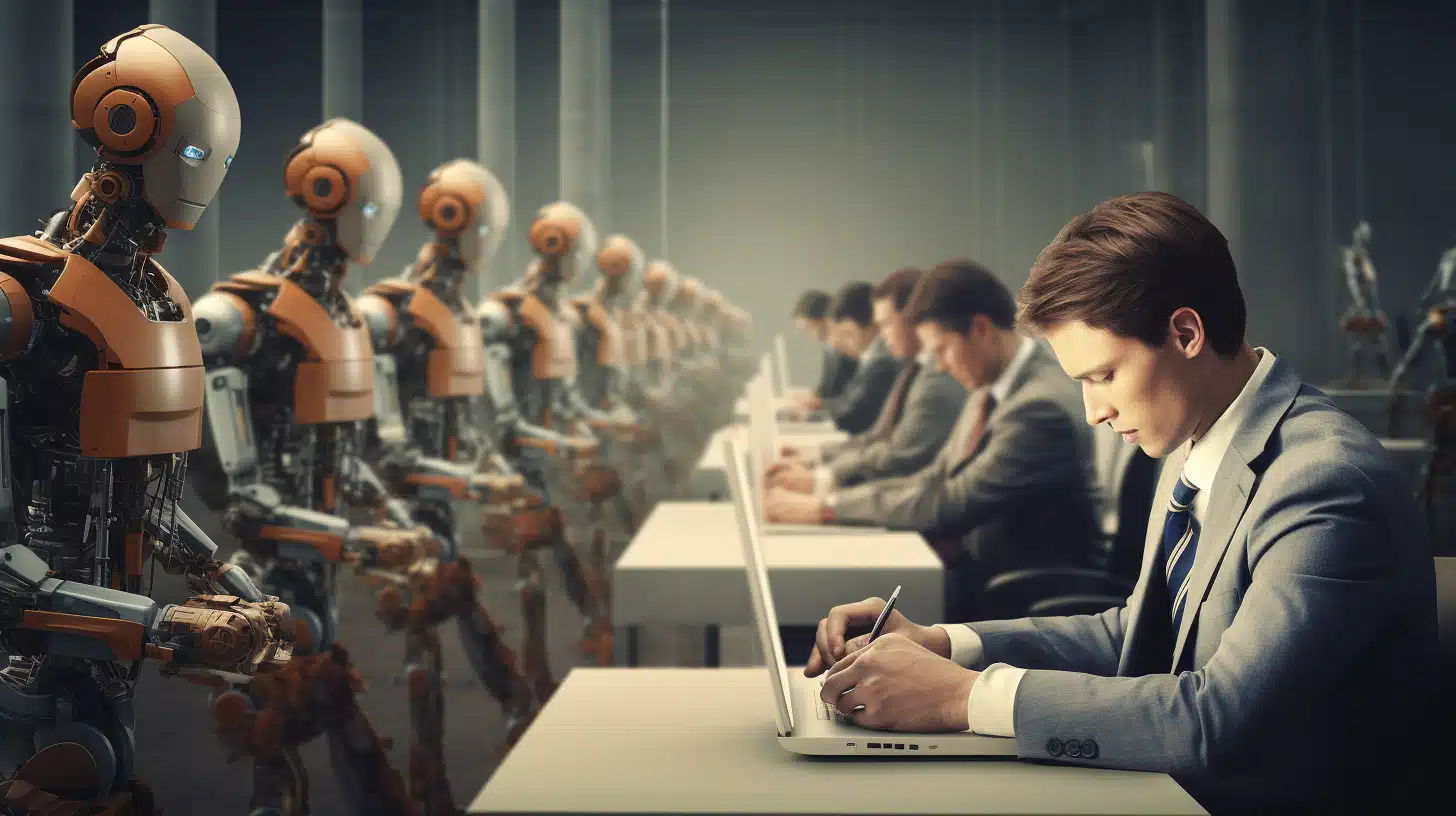
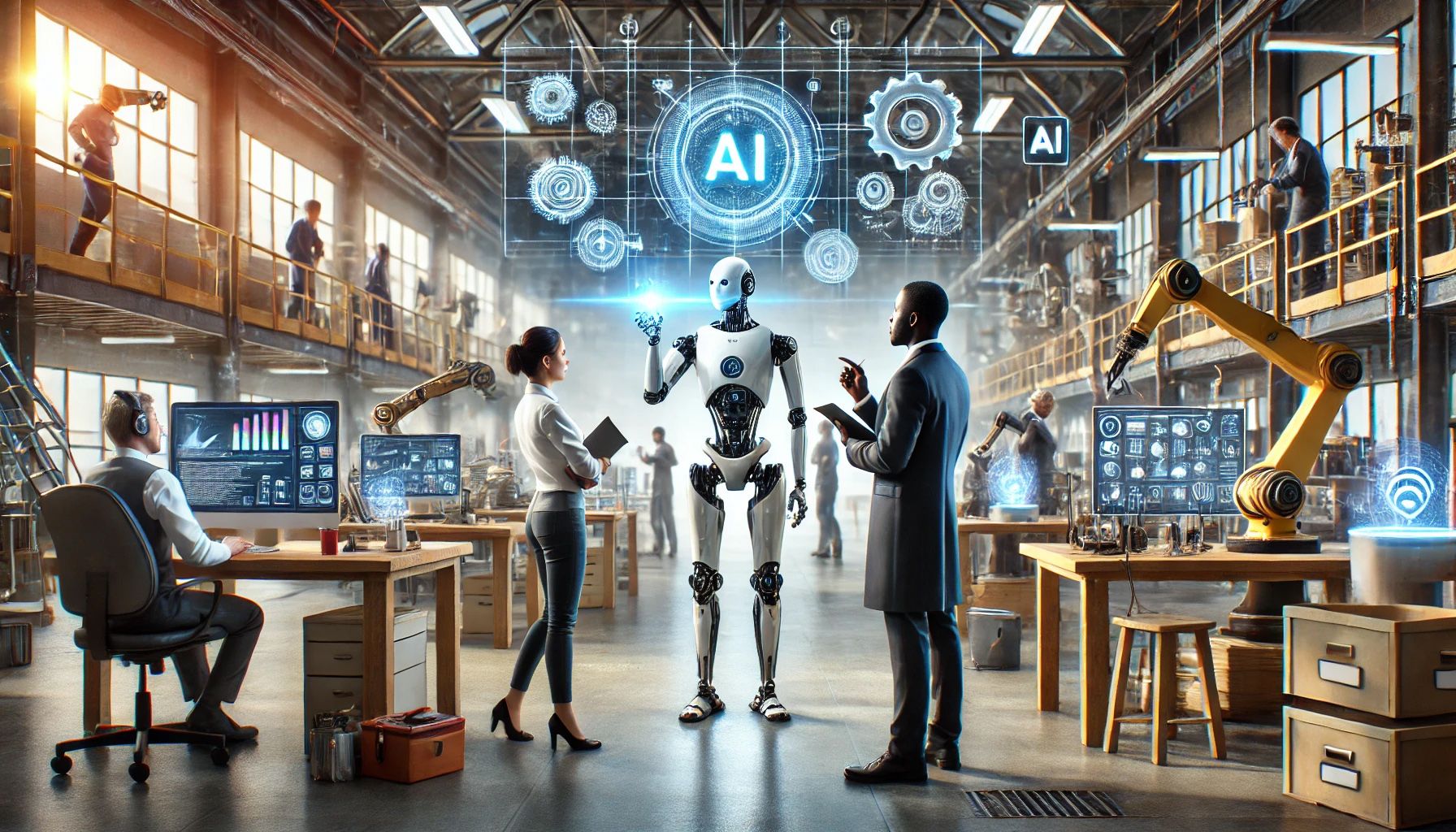
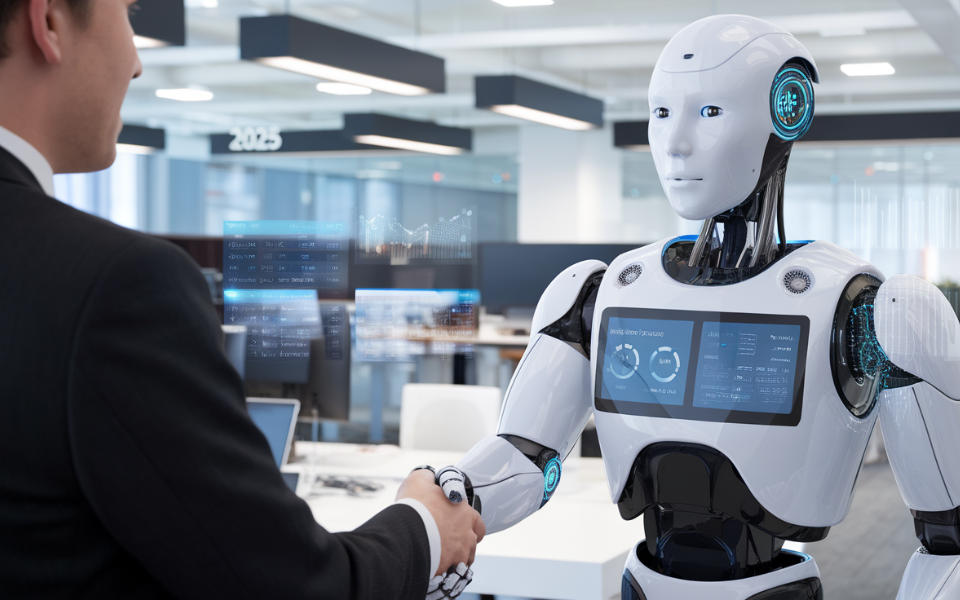
Leave feedback about this